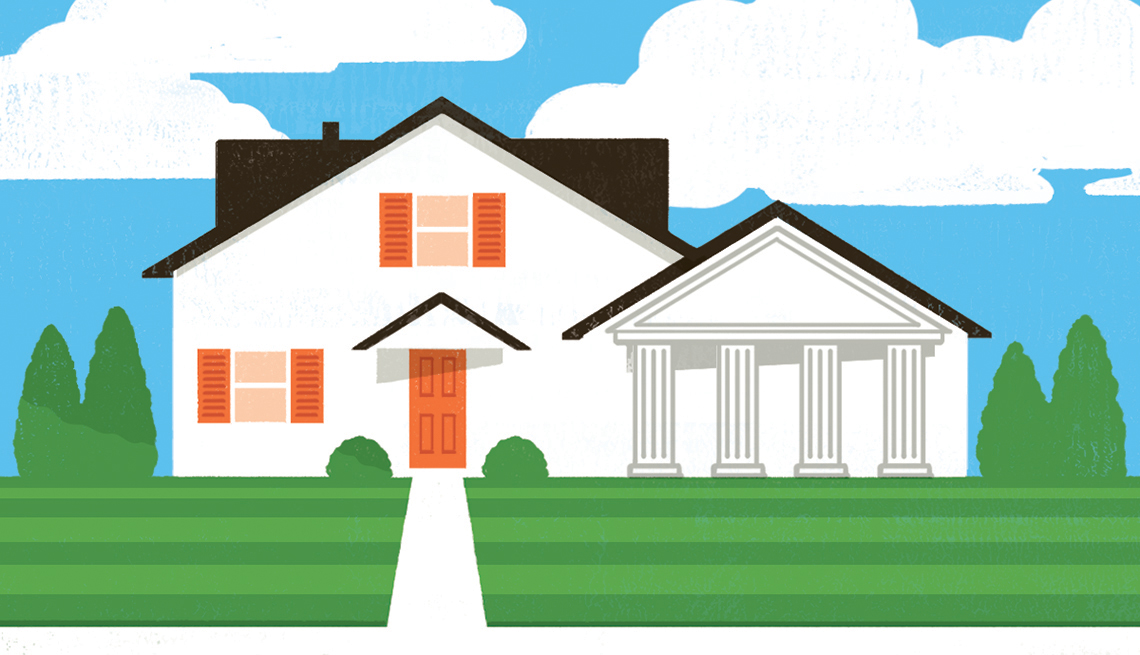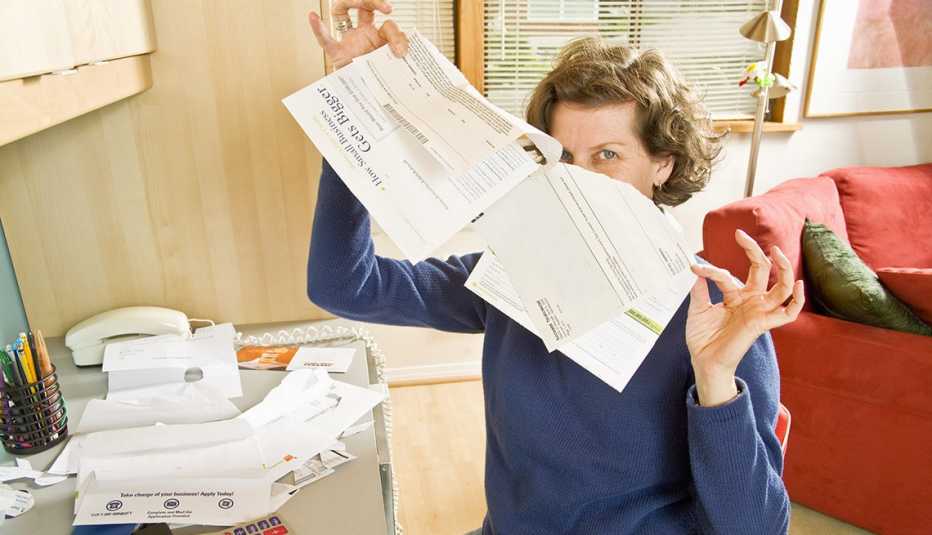Staying Fit


AARP Membership— $12 for your first year when you sign up for Automatic Renewal
Get instant access to members-only products and hundreds of discounts, a free second membership, and a subscription to AARP the Magazine.
If you own a home, you have probably made money just sitting around since early last year. Amid a real estate boom fueled partly by the pandemic, the amount of equity people held in their homes rose almost 20 percent over the 12 months ending in March. That averages $33,400 per home, according to CoreLogic, a research firm. And values have gone up from there. But while your home’s value has been going up, so have everyday costs. Plus, many workers have seen a decline in their earnings. One possible response? Tapping into your home’s rising value for cash.
You can’t withdraw money from a home like you can from a bank, though; you’ll need to take out a loan, which will have to be repaid. But with interest rates near historic lows, borrowing against your home can be a good idea, says Pittsburgh financial planner Diane Pearson — as long as you match the right loan to the right purpose and, realistically, will be able to pay the money back. Here are some pointers.
Why to borrow ... and why not
Some solid reasons to borrow against your house include paying for home improvements, long-term care or long-term care insurance premiums, and raising cash so you can stay in a home you aren’t ready to leave. Some financial pros also suggest using home equity to pay for college tuition or a second home, though there are other ways to pay for those without putting your house on the line.
It’s generally not a good idea to borrow against your house to pay off unsecured debt such as credit card balances or medical bills. Doing so, should you run into trouble, puts your home at risk for debts that could otherwise be discharged in bankruptcy. And while you can tap your home for everyday expenses if you’re house-rich and cash-poor, that takes away equity that you may need for care later in life or may want to leave to your kids.



































































